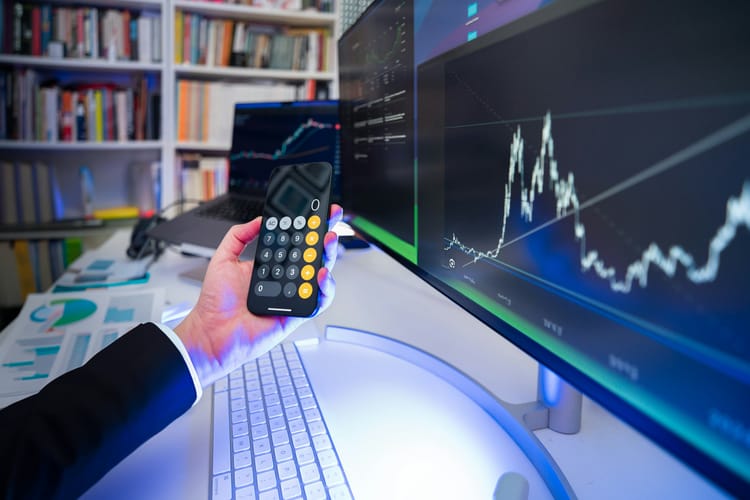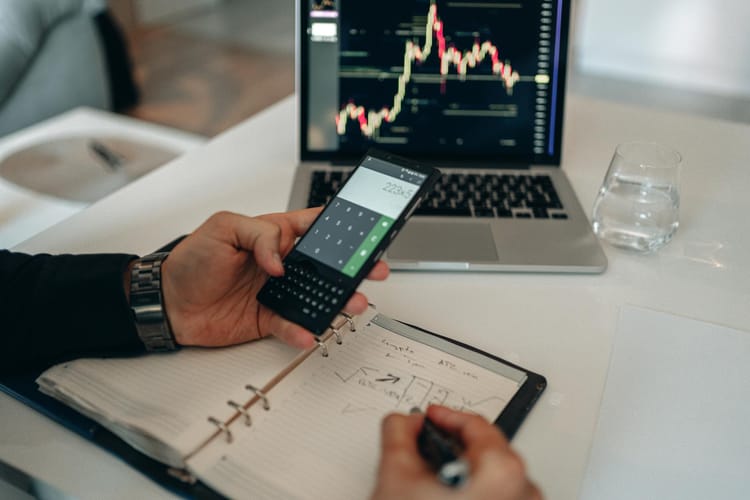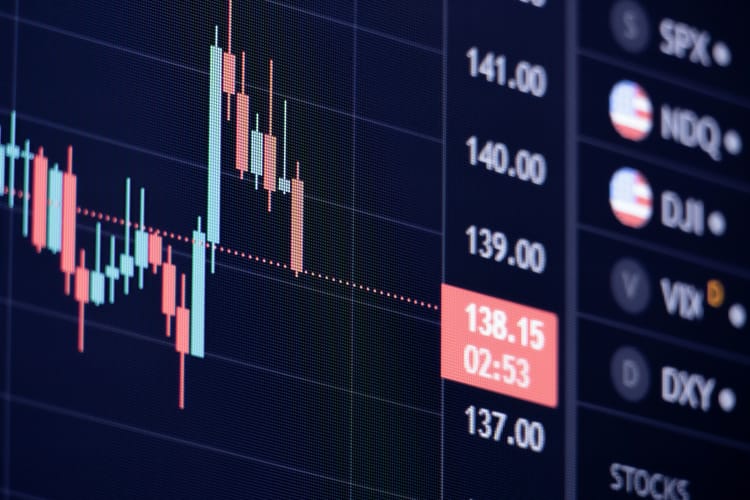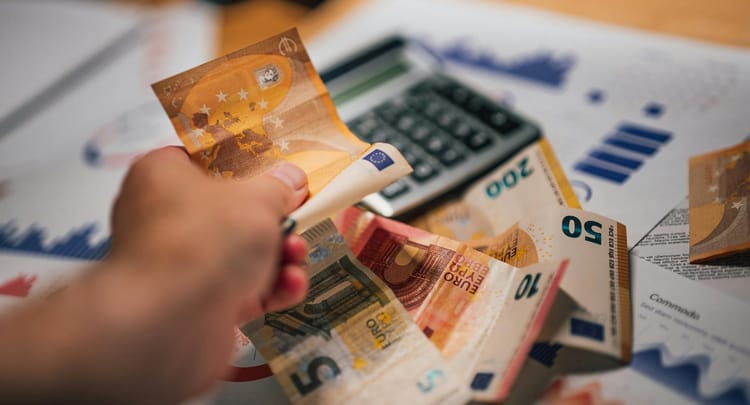How do you evaluate trading signals using backtesting?
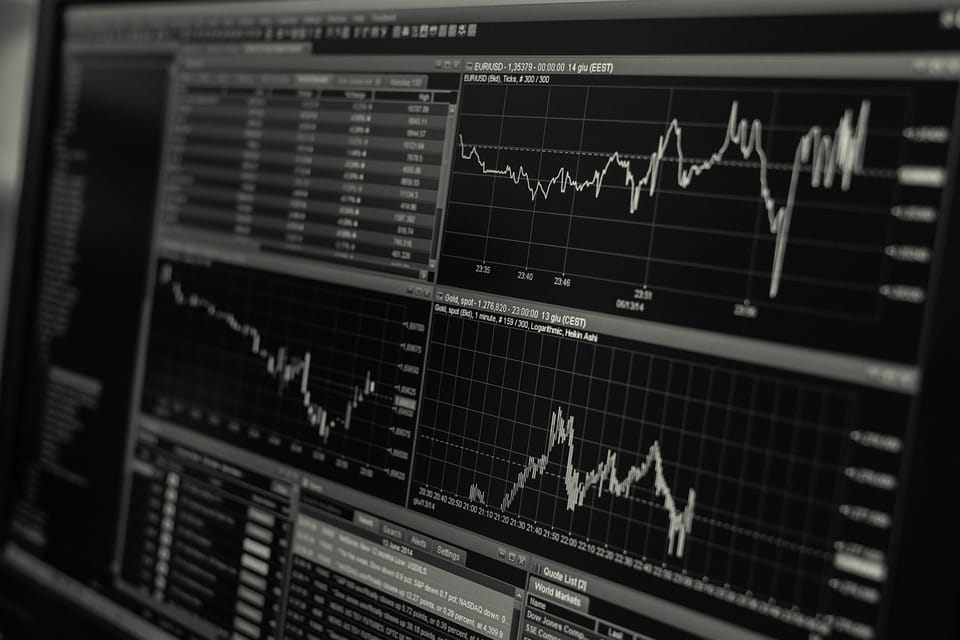
Imagine you're interested in a “buying” trading signal – a Moving Average Crossover, where a shorter-term moving average crosses above a longer-term moving average and You're considering applying it to trade the S&P 500 index (SPY).
But before pressing that “buy” button, You need to make sure that similar signals have performed in the past as well on SPY.
So what do you do?
You backtest the data.
Let's say, You backtest the Moving Average Crossover on SPY data for the past five years & the results you get seem promising!
For example, You may observe a 58% win Loss ratio during that period, signaling more winning trades than the losing ones, The strategy may also demonstrate a Sharpe Ratio of 1.2, indicating it generated good returns relative to the risk taken.
Although the results are encouraging for you to buy, in the back-tested data, you may also identify specific market conditions where the signal generated frequent false positives.
Based on this new finding,
You refine your strategy, you might consider adding additional filters, like Bollinger Bands or VWAP, to avoid buying during overly volatile periods.
See this is how backtesting trading Signals can help you Improve trading results
This blog is teaching you the power of backtesting, letting you see how your signals would've fared against real historical data.
So that you can trade with,
No more guesswork, just cold, hard facts!
Steps to Evaluate trading Signals using Backtesting:
We'll crack the code of evaluating trading signals using backtesting using these simple steps:
- Select a Trading Signal
- Data Acquisition and Preparation
- Signal Application and Results Analysis
- Parameter Refinement
- Signal Validation and Deployment
Lets discuss each step in a bit of detail;
Step-1: Select a Trading Signal
When choosing trading signals, As a first step, you will begin by defining your trading goals and risk tolerance.
Whether you prefer aggressive signals for higher returns or gentler ones for moderate gains, finding a signal that matches your goals and comfort level is important.
Your goals, guide you toward signals that align with what you aim to achieve.
Your risk tolerance is ensuring that the chosen signal doesn't expose you to more risk than you're comfortable with.
To achieve this, understanding different categories of trading signals is important. —technical indicators, fundamental analysis, or a blend of both.
Technical indicators rely on price and volume data, perfect for those seeking steady growth. For people seeking technical analysis, there are a vast array of trading signals available, each with its own strengths and weaknesses like Moving averages, Bollinger Bands, Volume Spikes, Average True Range (ATR) and Probability Cones among many others
When it comes to trading signals derived from fundamental analysis, the focus shifts from charts and technical patterns to a company's underlying health and its position within the market. They are perfect for those seeking long-term value in their trades.
Trading signals based on fundamental analysis can be financial ratios like Price-to-Earnings (P/E), Debt-to-Equity (D/E) or Profit Margins. Similarly, Earnings Reports, Market News, Industry Trends & Developments along with macroeconomic data like Interest Rates & Inflation and Government Policies & Regulations can also serve as the technical indicators for fundamental analysis
Combined Technical and Fundamental analysis can offer a balanced approach, especially for those who desire a mix of adventure and security.
Once you have identified which type of analysis suits your trading style, and on the basis of it, you have selected the trading signals,
We move to the next step.
Step-2: Data Acquisition and Preparation
Before you start backtesting, you need the right data!
The next critical step in backtesting is gathering and preparing the data you'll use to evaluate its performance.
Here's what to grab first to collect the data,
Identify data resources .
Trusted financial data providers like Reuters, Bloomberg, or Quandl are good options, and your own broker can also provide valuable information.
For precise backtesting, You have to gather accurate price and volume data for your desired timeframe, which can be the past year, five years, your choice depending on how far back you want to test the signals!
Quality data is essential for accurate results, so choose reliable sources to confidently browse through that data.
Now that you have your price, volume data, and historical recommendations,
Tidy them up!
Ensure they match your backtesting software or analysis tools using common formats like CSV or Excel.
Check for missing info or odd numbers that could guide you wrong. Some software is fussy about dates, so tweak timestamps or formats to make everything align perfectly.
You also need to decide on the backtesting period:
If you're after quick bursts of profit, a shorter trip might do, But remember, you might miss broader market trends.
A longer journey, 5+ years or more, can be your ticket. But be prepared for market changes and signal evolution.
So, You have to get a grip on how to use multiple time frames to improve your trading decisions.
Whatever, time frame you choose for your backtesting period, the objective is to
make sure your chosen period has enough data. Gaps and missing information create bumpy results, so check for a smooth, complete dataset before you begin backtesting.
Remember, the perfect backtesting timeframe must be– not too short, not too long, but just right for your goals and data availability. Choose wisely!
And if you want, you can enhance your analysis by including some extra data as well.
- Consider interest rates, inflation, and GDP for insights into broader market trends.
- Incorporate company earnings announcements or significant political shifts for potential impact on your signal.
- To gauge the market's mood, add sentiment data like social media analysis or news sentiment gauges.
But, be careful not to overload your backtesting with too much data.
Begin with small additions and observe their impact on your analysis.
Step-3: Signal Application and Results Analysis
You've decided upon which signal to choose and also gathered your data around the data signal. Now, let's see if it can actually work!
For this, you need to apply the trading signal to your historic data.
Once the signal is applied, you start analyzing the results and drawing conclusions about your chosen trading signal. This is where you transform data into actionable insights.
Assessing your signal's backtesting involves various considerations.
Start by gauging the overall performance – did you accumulate substantial profits or small gains?
Think about the yearly average profit and the efficiency of turning risk into reward. look into trade characteristics, analyzing the sizes of both winning and losing trades, and noting the signal's preferred holding periods.
Test its performance in diverse market climates to align with your goals.
Look for patterns and biases, checking if it outperforms simpler strategies and studying the distribution of wins and losses.
In the end!
You can conclude by assessing its impact on profit, risk, and performance under different conditions.
"Errors using inadequate data are much less than those using no data at all." - Charles Babbage.
Step-4: Parameter Refinement:
While analyzing backtesting results, you might discover opportunities to fine-tune certain aspects of your trading signal to potentially enhance its performance.
This is where parameter optimization comes into play.
The process of adjusting the signal's internal settings to find the combination that yields the most favorable results, given your specific goals and risk tolerance.
The adjustable factors may include
- Entry and exit thresholds for technical indicators
- Holding period for positions
- Position sizing rules
- Stop-loss and take-profit levels
- Risk management parameters
Some software also let you Set Optimization Goals; These metrics can be
- Total returns
- Risk-adjusted returns (Sharpe ratio)
- Maximum drawdown
- Win rate
- Profit factor
- Trading frequency
- Alignment with your risk tolerance
Next, you run the optimization process using your chosen method and backtesting software.
And monitor results carefully .Don't over-optimize. Focus on a few key parameters to avoid complexity and overfitting.
Remember,
Chasing past performance too closely can lead to poor real-world outcomes. You have to balance optimization with robustness: Seek parameters that perform well across various market conditions, not just cherry-picked periods.
Step-5: Signal Validation and Deployment:
Now that you've modified your chosen signal and tested it out with backtesting,
Its time to check if your signal really works well in the real market before you start using your actual money.
There can be many methods to achieve this without risking much;
Paper trading: Simulate live trading without risking real money. Use your optimized signal to generate trade recommendations and track their performance in real-time. This allows you to observe the signal's behavior in current market conditions and assess your emotional response to its decisions.
Small-scale live trading: You can also allocate a limited portion of your capital to live trading, following the signal's recommendations with your chosen risk management strategy. This provides a real-world test with actual financial consequences, but minimizes potential losses.
But, be it any method,
The main objective is to
Check if the real results match what you saw in testing.
See How, for example, unexpected news or big market changes can show if your signal has weaknesses.
Check Yourself and make sure you're following the signal's rules and not letting emotions mess things up.
You may observe that,
Real trading might not be as good as testing. Be ready to change things if needed.
Change the signal or how you use it based on what you learn.
Because markets change, so even a good signal might need updates.
In the end, do remember that
Good results don't mean it'll always be great. Trading has risks!
Don't get too sure about success. Validation helps, but it's not a promise. Use other ways to stay safe, like diversifying and managing how much you risk.
By checking your signal in the real market, you learn a lot about what it's good at and where it needs work. This helps you make it better and feel more sure before you start using it with real money.
Remember, this isn't a one-time thing; you'll keep learning and adapting as the market changes.
Conclusion:
Backtesting shows where the signal might lead you, but the real market is full of surprises!
So!Stay disciplined and control emotions; your signal is a tool, not magic. Market changes, so stay updated on trends.
Regularly revisit results, adjust signals, and seek advice. Manage risks wisely, focusing on consistent gains, not quick wins.
Deepen your backtesting understanding for informed decisions, risk management, and confident market navigation.
Remember, successful trading is about learning, adapting, and staying calm .
Trade Smarter!
Frequently Asked Questions
How do you measure the quality of trading signals?
Assessing trading signal quality requires
looking beyond simple win rates. Key metrics include:
- Profit factor: Ratio of average winning trade to average losing trade. Ideally, this should be greater than 1.
- Sharpe ratio: Measures excess return per unit of risk. Higher values indicate better risk-adjusted performance.
- Drawdown: Maximum peak-to-trough decline in equity. Lower drawdowns reflect better risk management.
- Consistency: Analyzing signal performance across different market conditions and asset classes.
How do you backtest trading signals?
Backtesting uses historical data to evaluate the performance of a trading
signal. Here's the process:
- Define your strategy: Specify entry and exit criteria based on the signal.
- Choose a testing period: Select a representative historical timeframe.
- Apply the signal: Simulate trades based on the signal within the chosen period.
- Analyze results: Evaluate metrics like profitability, drawdown, and consistency.
What is the best indicator for trend strength?
There's no single "best" indicator, as market conditions and trading styles vary. Popular trend strength indicators include:
- Moving Average Convergence Divergence (MACD): Identifies momentum and trend direction changes.
- Average True Range (ATR): Measures market volatility and potential trend strength.
- Parabolic SAR: Identifies potential trend continuations and reversals.
Ultimately, the best indicator is the one that aligns with your specific trading strategy and risk tolerance.
What is the difference between backtesting and simulation?
Both test trading strategies, but with key differences:
- Backtesting: Uses historical data to evaluate real-world performance.
- Simulation: Trading in a simulation, often called "paper trading" or using a "demo account," provides a risk-free environment to practice trading strategies and become familiar with a trading platform. Unlike live trading, you use virtual currency ("paper money") instead of real capital. This allows you to experiment and learn without financial risk.
Do professional traders use trading signals ?
Reasons why professionals might use trading signals:
- Confirmation: Signals can serve as a second opinion, confirming their own analysis and providing confidence before entering a trade.
- New opportunities: Signals can alert them to potential trading opportunities they might have missed through their own analysis.
- Time efficiency: Analyzing markets constantly can be time-consuming. Signals can save time by offering pre-vetted trade ideas.
- Diversification: Using signals from different sources can help diversify their trading strategies and potentially reduce risk.


